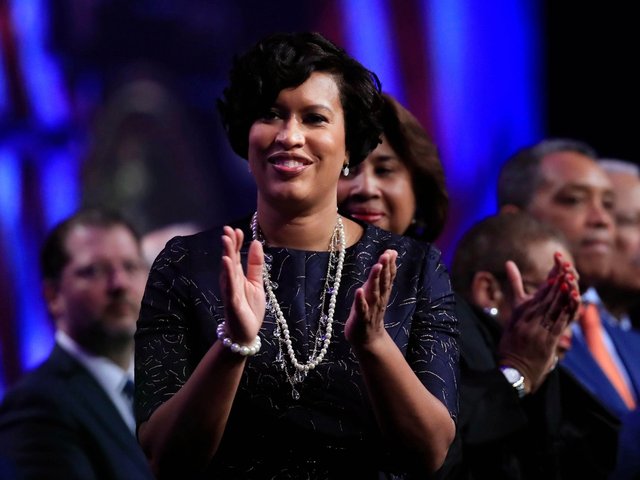The $8m commission of Coloring Book #4 (2016), by the US artist Jeff Koons, for a new stadium is the most expensive public art project in the history of California’s capital city of Sacramento—and the acquisition of the work is causing controversy among local artists and politicians. “Why should we give [Koons] the whole pig and only get the hoof?” said the artist Marco Fuoco in a televised debate last month.
“What is truly historic is [the fact that] the city has not had the opportunity to purchase a work of this nature [before], because we haven’t had the funding,” Shelly Willis, the executive director of the Sacramento Metropolitan Arts Commission, told the Sacramento Bee newspaper. The 18-foot-tall, three-dimensional sculpture—part of Koons’s “Celebration” series—is a brightly coloured, childish scribble of the character Piglet from A.A. Milne’s series of Winnie-the-Pooh books.
The work is being funded mainly through the city’s Percent for Art programme (PCA), which requires developers to set aside 2% of construction costs for public art. PCA will contribute $5.5m (from the construction budget for the Entertainment and Sports Center stadium) towards the cost of buying the work from Gagosian Gallery. The rest is coming from the owners of the Sacramento Kings basketball team (the total of $8m covers installation and acquisition). A further $1.5m is earmarked for stadium commissions by local artists.
Koons’s work is not the only recent PCA commission to provoke a backlash. Local media sources have reported that residents of Long Island City, New York, are calling Sunbather (2016), a yet-to-be-installed piece by the artist Ohad Meromi, an “enormous pink bowel movement”.
Many are upset by the lack of transparency and local input in the selection process: renderings of Meromi’s commission were not made available to the public until after it was approved by New York’s Department of Cultural Affairs.
Only art professionals can apply to serve on PCA selection panels under New York law, but legislation proposed in March is demanding more community engagement. The measure, introduced by the New York City Council’s majority leader Jimmy Van Bramer and council members Laurie Cumbo and Brad Lander, calls for town-hall-style approval hearings for public works of art. Van Bramer told the New York Times that he expects “widespread support” for the bill, which was drafted with input from cultural figures including Tom Finkelpearl, the commissioner of New York’s cultural affairs department.
This could add layers of bureaucracy to the process. “I don’t think it is necessary to add town-hall-style meetings to debate or critique designs before they are commissioned or purchased,” Willis says. The City of Sacramento already welcomes public input for works with budgets larger than $100,000.
There is always a danger in bureaucrats making decisions for the masses. “Art can be an incredible strategy for engaging civic dialogue,” says Nato Thompson, the chief curator for the public art organisation Creative Time. “That said, public works decided on by committees are probably the fastest way to make a mediocre city.”
Elsewh ere, the scheme itself is in jeopardy: politicians in Alaska, California and Pennsylvania want to radically overhaul or scrap it. Alaskan state representative Lynn Gattis introduced the Repeal Art in Public Places Requirement to the state house in March, saying: “This money could be used to repair and replace necessary items for health and safety needs.”




